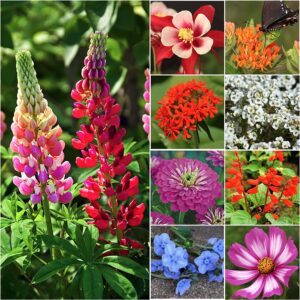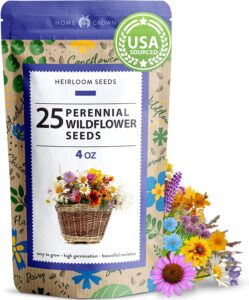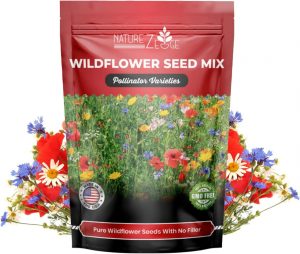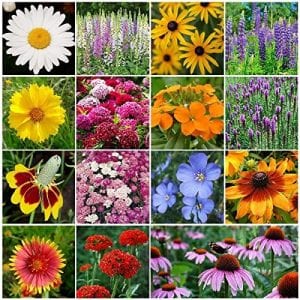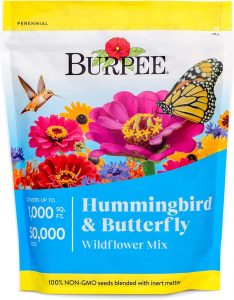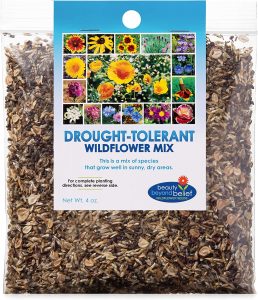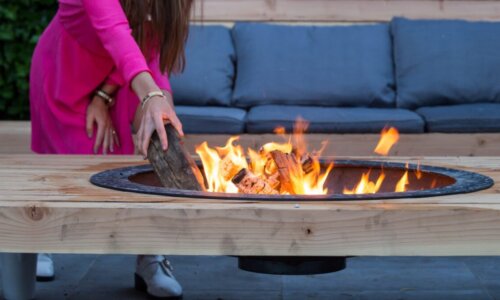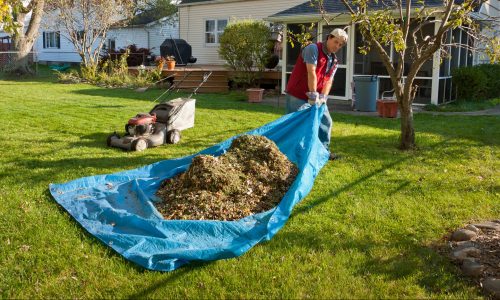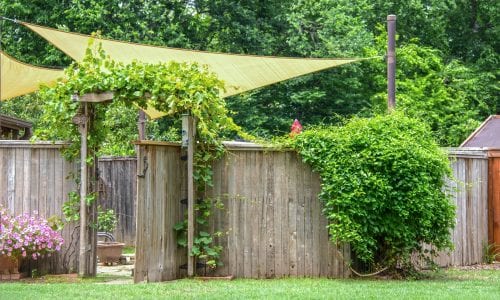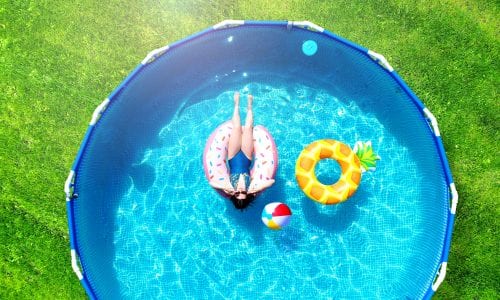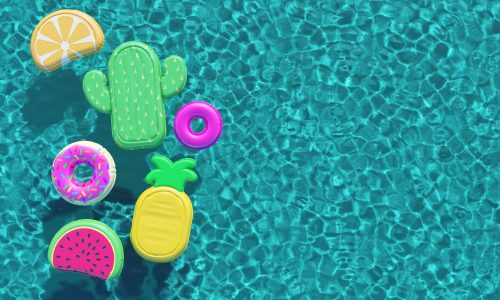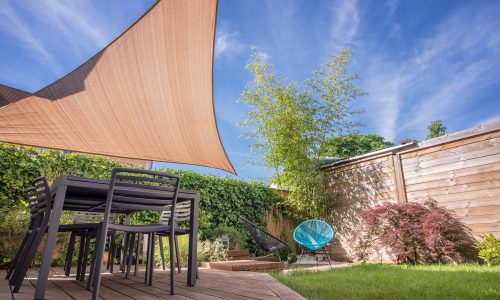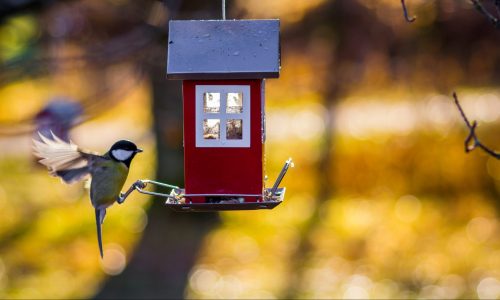The Best Wildflower Seeds

Our Review Process
Don't Waste Your Money is focused on helping you make the best purchasing decision. Our team of experts spends hundreds of hours analyzing, testing, and researching products so you don't have to. Learn more.
Our Picks For The Top Wildflower Seeds
- 1. Seed Needs Summer To Fall Full Sun Wildflower Seeds
- 2. Mountain Valley Seed Mixed Butterfly & Hummingbird Wildflower Seeds
- 3. HOME GROWN Non GMO Perennial Wildflower Seeds
- 4. NatureZ Edge GMO-Free Spring-Time Wildflower Seeds
- 5. Eden Brothers Outdoor Perennial Wildflower Seeds
- 6. Burpee Fall Full-Sun Wildflower Seeds
- 7. Beauty Beyond Belief Drought Resistant Wildflower Seeds
If you're looking to fill your garden with a variety of bright and attractive flowers this season, then this pack of wildflower seeds is for you. Each 2-ounce packet features 20 different flower species. The seeds are all pure, so you can count on growing the most beautiful garden.
Budget-Friendly PickYou'll love the affordable price tag on these quality wildflower seeds.
With these wildflower seeds, you'll draw a host of birds and insects to your garden. The packet includes 23 different flower varieties, including aster, foxglove, marigold and sage. When widely broadcast, the seeds can cover an area of up to 250 square feet.
Hardiness Zones 2-10You can use these wildflower seeds in an outdoor setting or inside in a few flower pots.
Get a beautiful variety of flowers and colors with this wildflower seed mix. It’s great for attracting butterflies and birds. These flowers will grow to be 30-45 inches tall.
17 Quick-Sprouting VarietiesThis wildflower seed mix creates a stunning array of colors.
When you opt for this set of wildflower seeds, you'll receive a whopping 85,000 seeds. Grow everything from California poppies to rose mallows to gloriosa daisies. Not only will these flowers brighten up your landscape, but they'll also add a pleasant fragrance as well.
Stock UpThese wildflower seeds are broken up into 35 different varieties.
Buying Guide
Did you know there are over 20,000 species of flowering plants in North America alone? Flowers that grow in the wild without cultivation are called wildflowers. These kinds of flowers can be native to North America (called indigenous wildflowers), or they can be introduced onto the continent from other areas of the world (called naturalized wildflowers).
Wildflowers not only look beautiful and require very little maintenance, but they also help the surrounding environment. Their leaves, pollen and nectar provide food for the insects in the garden. They also offer them a sheltered place to breed. Insects pollinate the flowers, helping them spread seeds and expand their growing area. Other animals in the area, such as birds, bats and small mammals, feed on those insects. Some birds also eat the wildflowers, especially in the winter when food is scarce.
Growing wildflowers on your property helps to keep the soil healthy. When the wildflowers spread their roots, they help keep the soil in place. That way, when there is a lot of rainfall, the soil doesn’t get washed away. This also ensures that the important nutrients stay in the ground where the plants need them.
What to Look For
- How do you know how much wildflower seeds you need? Here’s a simple way to calculate the right amount: Measure the area of the garden where you want to plant wildflowers, and calculate the square footage. For example, for a circle-shaped plot, the formula is radius x radius x 3.14. For a rectangular-shaped plot, the formula is length x width. Then decide how densely you want to plant the wildflowers. For example, do you want them to be tightly packed together or look more scattered? For a dense planting, opt for 10 pounds of seeds for 10,000 square feet. For a sparse planting, opt for 10 pounds for 25,000 square feet.
- Quality is important when you’re buying wildflower seeds. Look for brands that have an inspection to ensure the seeds are weed-free.
- Wildflowers are hardy and can grow in rough conditions. Check to make sure that the seeds are designed for the growing zone you’re located in for the best results.
- If you want to create a stunning landscape, opt for wildflower seed packages that have a lot of variety. This way, you can have flowers of all different colors, shapes and sizes within your planting.
More to Explore
When you’re thinking of planting wildflowers, be sure to check the right time based on your growing zone. Your site will need to have at least six hours of sun to help the flowers grow. Get your soil ready for the seeds by removing any plants and debris. Take a look at the optimal coverage rate for your seed package. Be sure to follow the instructions carefully, and note the oncoming weather. If possible, plant before some rain is expected. Use a seed roller to compress the seeds into the soil. Be sure not to cover them completely with soil as they need to be exposed to the sun. Keep in mind that you’ll need to water the seeds until the flowers are around six inches tall. After that, they will be able to survive on rainfall.

